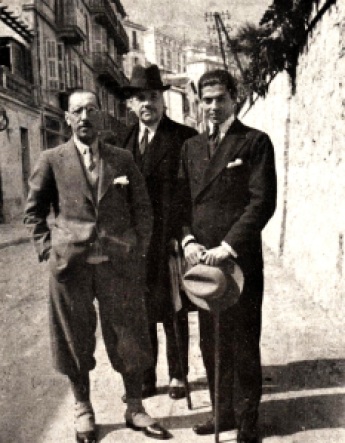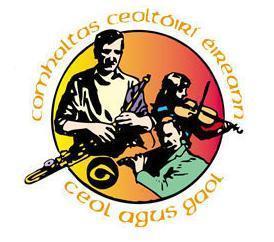The long-lost pipe organ that belonged to the steamship Britannic, the sister ship of the Titanic, was identified in the collection of the Museum für Musikautomaten in Seewen, Switzerland, when restorers in 2007 discovered the inscription Britanik engraved on each beam under the instrument’s windchests.
After the outbreak of World War I in 1914 the British Admiralty requisitioned all large passenger ships as troop transports or hospital ships, so the Britannic was never outfitted for transocean luxury traffic. Around 1920 the organ, built around 1913 by M. Welte & Söhne, was installed in the villa of the camera manufacturer and designer August Nagel (1882–1943) in Stuttgart; around 1935 he returned it to the manufacturer for unknown reasons. In 1937 it was moved to the reception room of the Radium electric light company in Wipperfürth, where it remained in use until the 1960s.
When the Wipperfürth reception room was turned into a storeroom, the organ was offered for sale but attracted no buyers. Eventually it came to the attention of Heinrich Weiss, the founder of the Museum für Musikautomaten, who quickly acquired it for his collection; the instrument was completed and reinaugurated there On 30 May 1970, but its identity and history remained unknown for decades.
This according to “Orgel des gesunkenen Ozeanriesen Britannic entdeckt: 610 Meter über Meer im Museum für Musikautomaten Seewen in der Schweiz” by Christoph E. Hänggi (Das mechanische Musikinstrument: Journal der Gesellschaft für selbstspielende Musikinstrumente XXXIII/99 [August 2007] pp. 65–68; an English translation is here).
Below, the Britannic organ sings at last!
More articles about organs are here.













